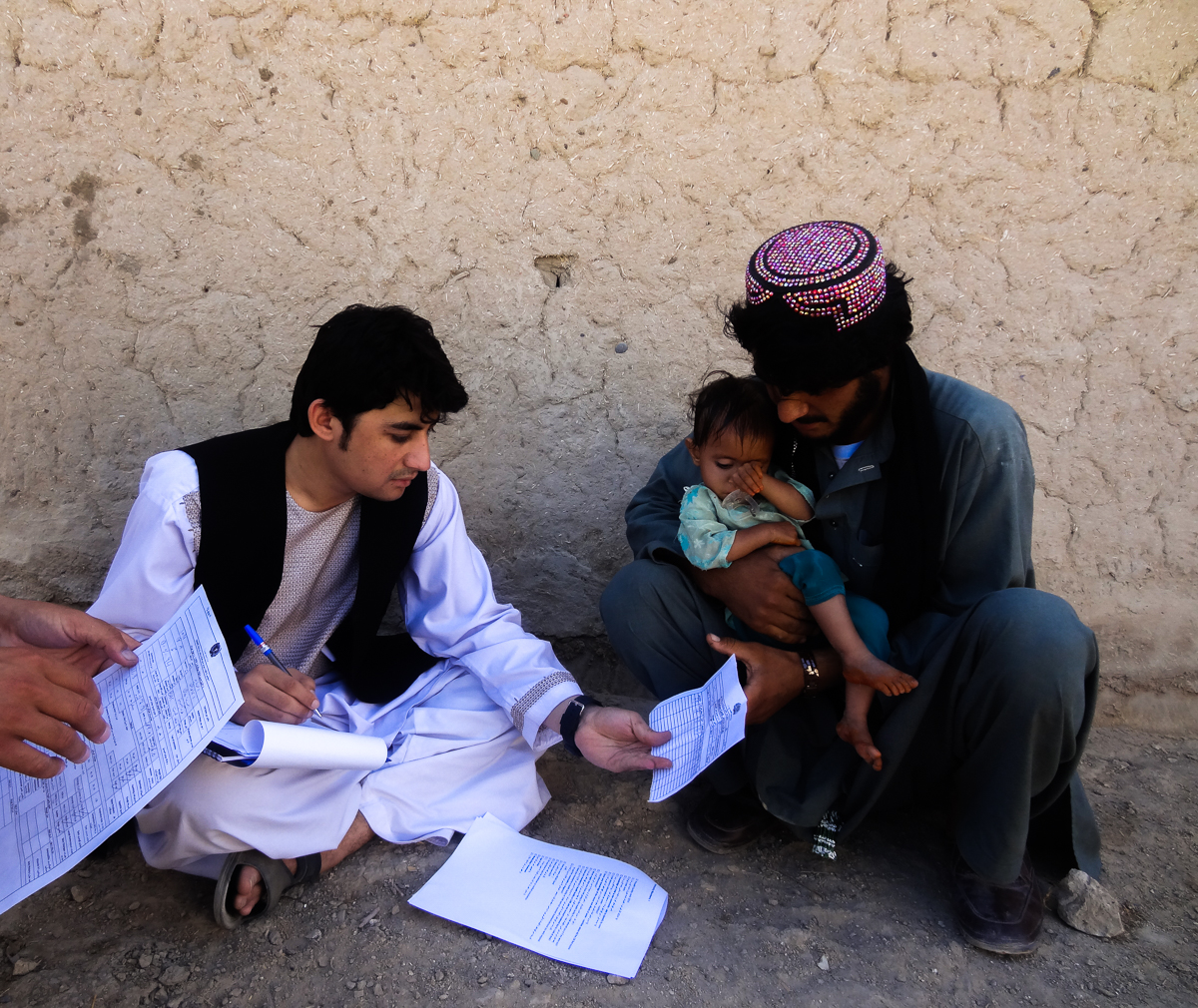Afghanistan’s War on Malnutrition
Insecurity and direct attacks on and in the immediate vicinity of health facilities in Afghanistan continues to be a barrier for communities accessing essential nutrition interventions. NGO’s and facilities reported suspension and closure of services in 2014 and 2015 at health posts, clinics, and hospitals as a result of direct threats, violence or active fighting in the country’s north, south and east.
Causing more widespread devastation than direct attacks on facilities themselves, the conflict effects the nutritional situation indirectly by disrupting commodity supply lines, deterring staff and patients from attending facility, and impeding facilities ability to conduct community outreach targeted at vulnerable populations such as pregnant and lactating women and children under 5. Symptomatic of the impact of the conflict on the nutrition situation is correlating high incidence and prevalence of stunting, moderate to severe acute malnutrition in active fighting zones.
Although the photographs detail only a glimpse into the human experience of delivering and seeking healthcare under duress, it is hoped that they highlight the remaining urgent and persistent health needs of the Afghan people of which basic lifesaving health needs remain unfulfilled – so common to those in protracted crises.
Read the full research report for Action contre La Faim published here.








